DALI lighting control from Simmtronic gives the signal for energy efficiency for Network Rail

Network Rail has installed a Specs3 lighting-control system from Simmtronic to gain the maximum energy saving and lighting-management flexibility at its national centre in Milton Keynes. Known as The Quadrant:MK, the 37 200 m2 building brings together over 3000 people from across the country, creating a new centre for Britain’s railway operations.
The various departments work within an inner and outer atrium with generously proportioned meeting and breakout facilities to encourage collaboration.
DALI dimming technology maximises the use of daylight. DALI hubs are used instead of the traditional lighting-control modules. Simmtronic was therefore faced with the potentially challenging task of programming the individual DALI address of each light fitting. Using advanced commissioning tools, this task was accomplished in a relatively straightforward manner.
Emergency-lighting fittings were all addressed and configured for regular automatic testing. A touchscreen has been provided as a useful adjunct to facilitate maintenance and to identify and diagnose fittings that have failed or not functioning properly.







